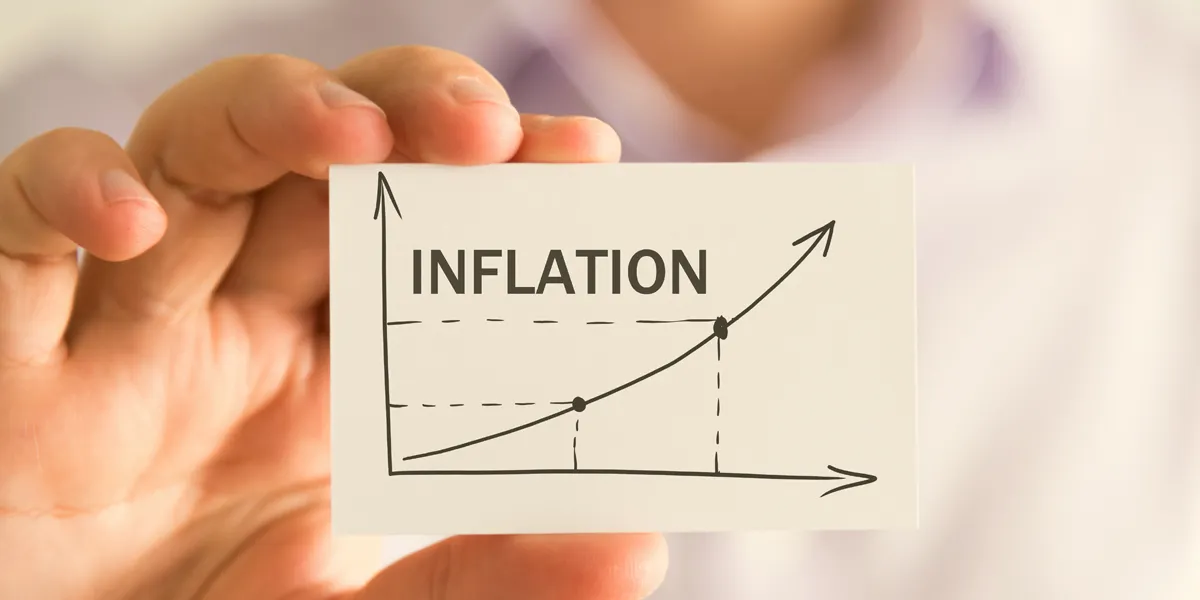Investors are gripped by inflation fears after a record-breaking bond rally collapsed.
The record-breaking global bond market surge at the start of this year has faded out as rising signals of sustained inflation push investors to change their views on the expected future path of interest rate hikes. In the opening few weeks of 2023, investors poured money into fixed income as they grew more confident that the US Federal Reserve and other major central banks would soon halt their aggressive campaign of tightening monetary policy. An index that tracks high-grade corporate and government bonds increased by as much as 4% last month, marking the strongest year ever.
However, that gain has since vanished after a shocking US labor market report earlier this month set off a string of better-than-anticipated economic data on both sides of the Atlantic, shattering notions that the Fed and the European Central Bank were almost successful in their fight against inflation. A surge in the stock market was also derailed by the ensuing increase in bond rates; the S&P 500 fell 2.7% during the last week. The relaxation of monetary policy anticipated by markets a few weeks ago "looks a bit fantastical," said Michael Metcalfe, director of the macro strategy at State Street.
The largest turnaround occurred in the US as statistics revealed that employers added more than 500,000 jobs in January, about triple the number predicted by experts and that consumer price inflation was 6.4%, also more than expected. The Fed's favored measure of price rise, core monthly personal consumption expenditure, grew 0.6% from December to January, above consensus expectations. Futures markets, which originally predicted that the US Federal Reserve would lower interest rates twice later this year, now expect that rates will climb to 5.4% by July, with only one decrease by the end of the year. "Markets got ahead of themselves early this year in terms of pricing in Fed cuts, anticipating that this cycle would conclude sooner," said Idanna Appio, portfolio manager at First Eagle Investment Management. Investors believed that the Fed would successfully and rapidly reduce inflation, thus everything was priced to perfection.
The fact that bond fund flows have changed recently, particularly at the riskier end of the credit spectrum, is another indicator of the shifting mindset and suggests that the process will take longer than many initially anticipated. According to statistics from JPMorgan, this week witnessed the largest withdrawals from emerging market bonds since October. These bonds had a stellar January. Despite net inflows of $3.9 billion in January, more than $7 billion has already left "junk" rated corporate bond funds globally so far in February, according to statistics from EPFR.
Investor demand for holding high-yield, low-rated corporate debt is stronger than it was last month when market euphoria lessened investor fears about debt defaults. The difference between the rates on US trash bonds and Treasury notes narrowed from New Year's Eve to mid-January by as much as 0.87 percentage points, reaching 3.94 percentage points. But since then, that difference has grown to 4.3 percentage points.
According to Brandywine Global Investment Management portfolio manager John McClain, rates will remain higher than anticipated "for the foreseeable future." We don't expect rate reductions in 2023, and that will eventually cause stress in the riskier credit classes, he added. Investors' expectations have changed as a result of the Fed's insistence that rates will rise for a long time since the year's beginning.
According to a December survey of Fed officials, borrowing costs were forecast to close the year at around 5.1 percent. Several analysts are already questioning if the central bank's own estimates are overly conservative. "There is a genuine danger that we might go beyond a 6% rate. If the data continues to improve, there is a genuine possibility that the Fed is now behind the curve and that rates will have to rise more than expected," said Calvin Tse, head of Americas macro strategy at BNP Paribas. Several large investors believe the current sell-off indicates that it is too early to jump into bonds; that time will come later in the year. "Of course, the Fed will decrease rates at some time, but the market was attempting to anticipate that because it was so, so early," said Sonal Desai, Franklin Templeton's chief investment officer. "I continue to believe that this is a very strong year for fixed income. I don't believe we've arrived."

Subscribe to our newsletter!
As a leading independent research provider, TradeAlgo keeps you connected from anywhere.








